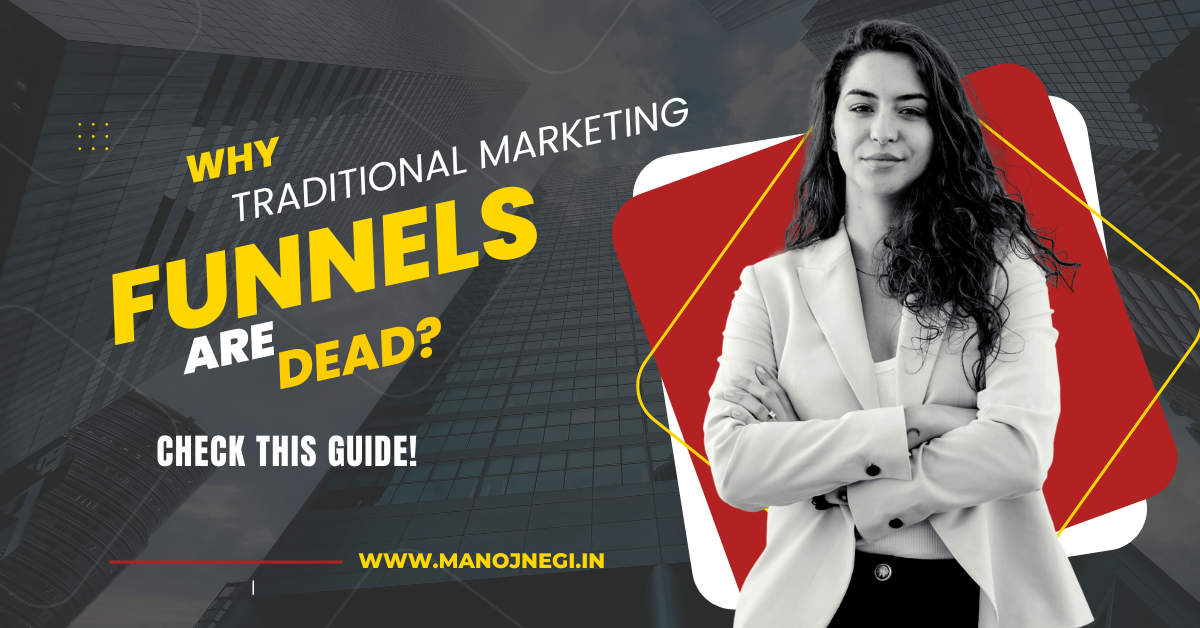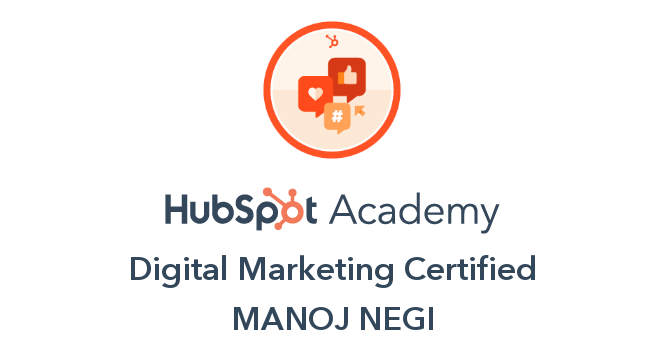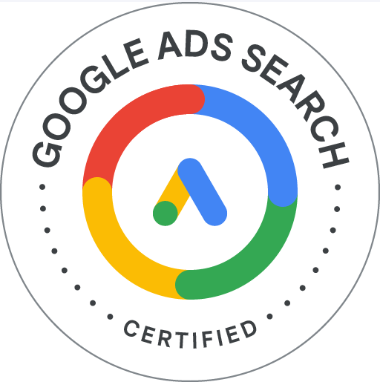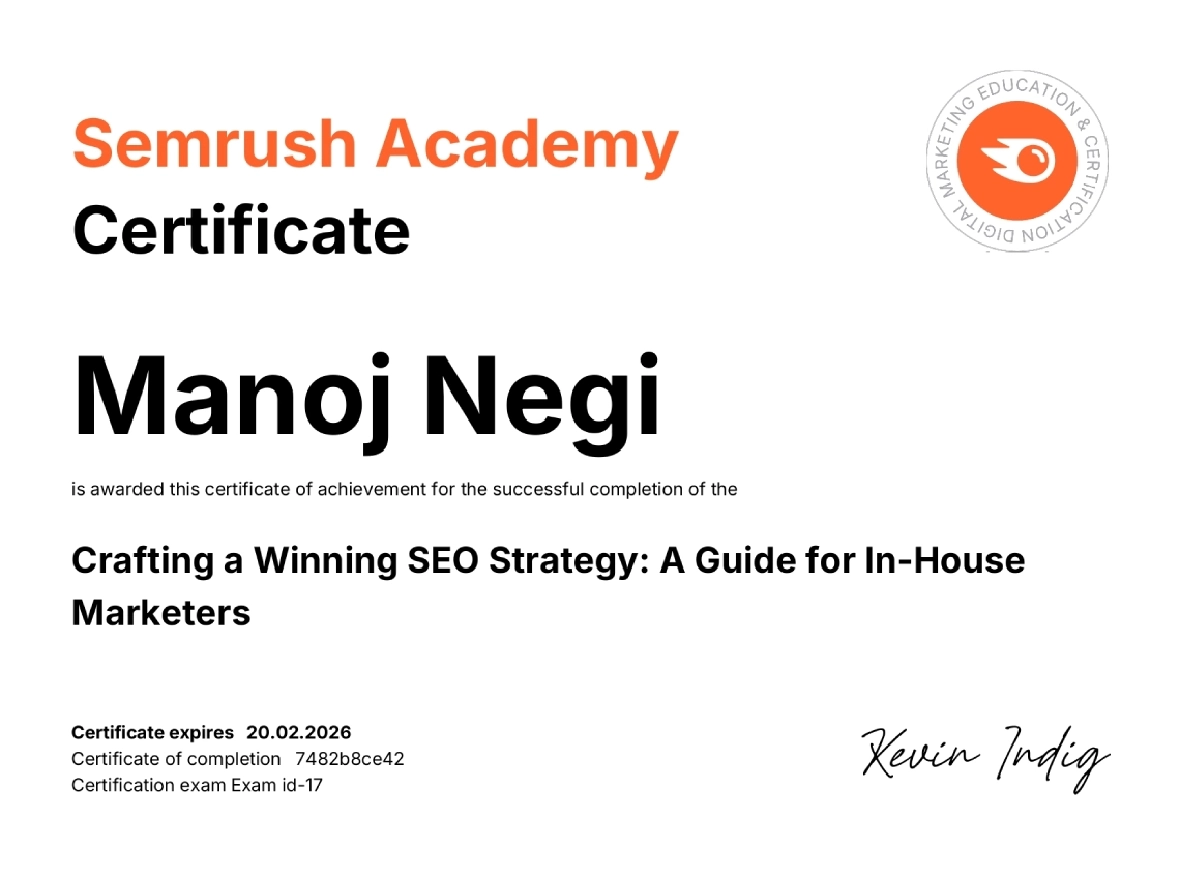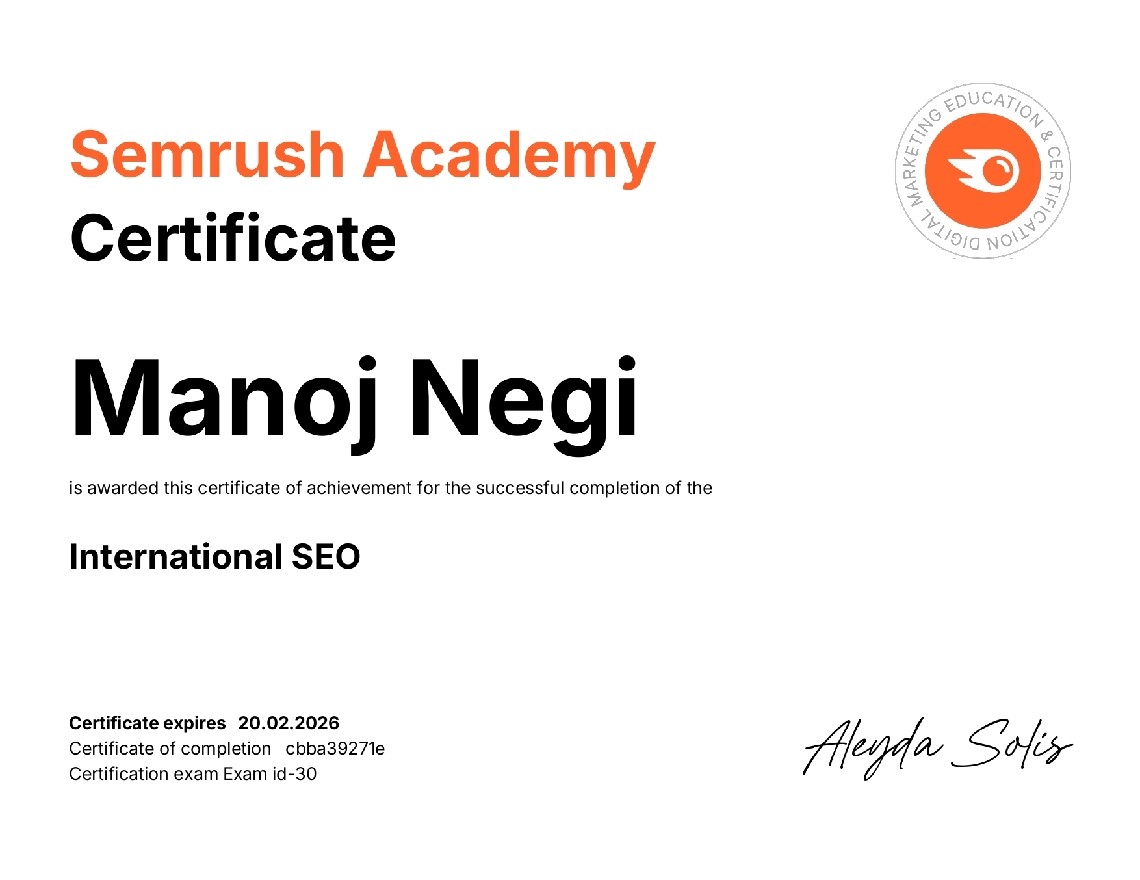Not only the digital marketing technology, but its tactics have also changed significantly in the last 5-10 years. In other words, we can say that we have been experience a massive digital shift. Gone are those days when the classic marketing funnel strategy used to bring qualified leads. It is dead now. Today, you cannot rely on Awareness – Interest – Desire – Action strategy anymore.
Nowadays, consumer have outgrown this classic journey. It’s time to adapt to new a technique that resonates with people. However, the question that arises here is why this traditional marketing funnel dead? How to adapt to the changes to achieve desired results. This is what we are going to discuss here in this post.
Why Classic Marketing Funnel is No Longer Effective? Here’s How to Evolve.
For years, marketers have relied on a simple and straight strategy that starts with building awareness, driving consideration, and then pushing for conversions. Well, these days, people don’t follow these simple steps to make buying decision. The process has become complex and this traditional marketing funnel is not effective. Here are the top reasons you must know:
1. The Funnel Was Built for Simpler Times
This traditional marketing funnel used to be effective when people followed a predictable path while buying something. Today, consumers play an active role in their buying journey instead of following the path created by marketers.
In todays digitally active world, people are highly active on digital platforms. Hence, businesses use to adopt to a more consumer-centric marketing strategy. To stay on the top, businesses need to be interact with consumers more actively to influence their buying decision. Only those who understand the dynamics of this marketing shift will rise through this change.
2. Digital Chaos Cannot Handle the Straight Path
With the rising digital shift of consumers, businesses are finding the traditional marketing funnel ineffective. In 2025, AI personalization, social media, influencer hype, and omnichannel browsing have created a digital chaos. According to digital marketing predictions, Google has termed this as the “Messy Middle,” where consumers explore and evaluate multiple channels and parameters before making their buying decision.
Hence, brands that still rely on those old school tactics will find themselves in a bubble. So, to meet up the requirements of this advancing digital world, businesses need to revamp their strategies to attract target customers and increase revenue.
3. Influencers, Communities, and Gen Z Are Disrupting Everything
Gen Z doesn’t follow ads, they follow authenticity. They look for community, purpose, and creativity. Linear models can’t capture the loops of social proof, influencer trends, and UGC-driven hype.
In social spaces, a single viral post from an influencer can sell out products overnight, short-circuiting every stage of the funnel.
According to a data, Gen Z spend around 3 hours on social media daily. Hence, brands need to create curiosity and build community to win customers who are highly socially active.
4. Data’s Gone Dark, but Smart Marketers Aren’t in Darkness
Brands relied on lead capture and tracking to monitor the funnel. Now, much of buyer activity happens off your site: in groups, forums, communities, it’s the “dark funnel” (term coined by a company called 6sense). Attribution disappears in these shadow zones. Only those redefine their strategies will rise up to the challenge.
Smart marketers are asking customers directly, “How’d you hear about us?” and embracing real conversations to fill data gaps. This is what most consumers want these days, to get attention or to get addressed.
5. Funnels Don’t Let Superfans Shine
Most businesses think that every lead is equally important. However, the harsh truth is that this jix is broken now. Instead, Forbes experts advocate for superfan marketing. What this means? It means focusing on the small group of die-hard, high-value supporters. Tailor messaging and experiences to ignite their passion, and let their loyalty fuel organic growth.
This vertical, audience-first approach slices through the funnel’s noise and underappreciated middle, targeting those who matter most.
Evolving the Traditional Marketing Funnel – What Should be Replaced?
Here’s what a modern approach looks like:
1. The Messy Middle
Brands must show up across search, social, influencers, and communities. Be present in the chaotic exploration and evaluation loop.
2. Flywheel & Experience Loop Models
Think of marketing as an ongoing experience, not a pipeline. Encourage satisfaction, loyalty, and advocacy to fuel continuous momentum.
3. Audience-Segment Focus (Superfans & ABM)
Whether B2C superfans or B2B account-based models, tailor deep, personalized flows—not one-size-fits-all funnels.
4. Dynamic, Omnichannel Journeys
Build modular content triggered by behaviors, not predefined timelines. Automate real-time personalization using AI and cross-channel design.
5. Embrace Dark Channels
Cover forums, podcasts, user reviews, events, and social groups. Let customers pull themselves in, not just push messaging outward.
A Step-by-Step Guide to Creating an Evolution Strategy
If your team is funnel-fatigued but not sure where to start, here’s your blueprint:
1. Audit real customer journeys
Map out how people actually interact with your brand across platforms, highlight loops, drop-offs, and high-impact touchpoints.
2. Break the barrier between marketing, tech, and data
Align into agile squads that handle content, analytics, automation, and creative together.
3. Start small with superfans or accounts
Identify your most loyal and valuable groups. Build custom messaging and experiences that resonate deeply.
4. Layer omnichannel personalization
Use AI and behavioral tracking to serve real-time, relevant content, whether in email, chatbots, social, or your site.
5. Expand visibility into dark funnels
Track referrals, surveys, and community engagement to fill data gaps and learn where your best leads are emerging.
6. Think flywheel, not funnel
Focus on retention, satisfaction, and momentum, turn customers into advocates who drive new interest.
Why This Approach Wins?
Reflects real behavior: No more forcing buyers into stages that don’t exist.
Maximizes ROI: Spend less on weak leads; invest in loyal fans and personalized reach.
Stays agile: Real-time systems let you iterate based on behavior, not tomorrow’s report.
Builds trust and belonging: Communal, authentic touchpoints resonate universally, especially with Gen Z.
Final Thoughts
The traditional funnel’s simplicity once gave marketers predictability. But in a world defined by loops, impulses, communities, and fleeting attention, it just doesn’t cut it.
Evolving means embracing complexity, not simplifying it. Aim to create meaningful, dynamic experiences, not rigid pipelines. Focus less on pushing people along stages, and more on supporting them across the messy, beautiful journey they’re already on.
Want to dig into how AI can power this or see examples from brands doing it well? Let’s level up your marketing for 2025 and beyond with Manoj Negi’s experience.

